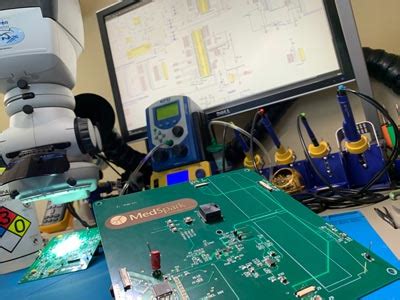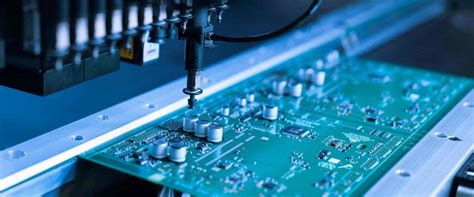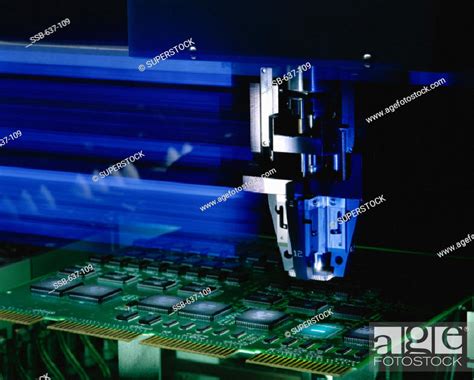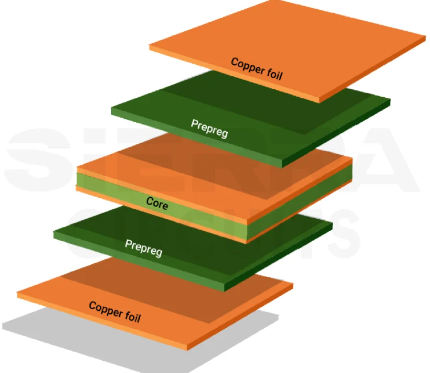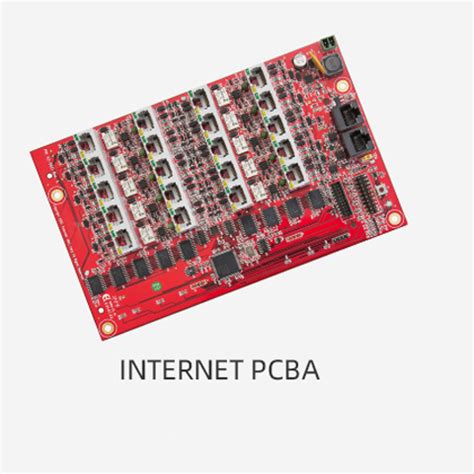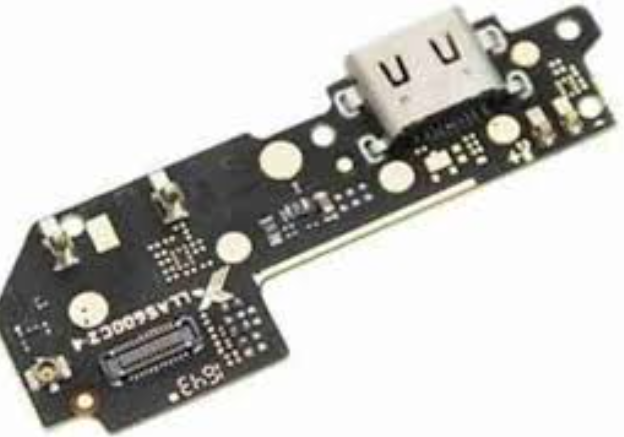Flex pcb ipc standard
Understanding Flex PCB IPC Standards: A Comprehensive Guide
In the rapidly evolving world of electronics, the demand for flexible printed circuit boards (PCBs) has surged, driven by their ability to conform to complex shapes and fit into compact spaces. As these flexible PCBs become integral to a wide range of applications, from consumer electronics to medical devices, ensuring their reliability and performance is paramount. This is where the IPC standards come into play, providing a framework for quality and consistency in the manufacturing and testing of these critical components.
The IPC, originally known as the Institute for Printed Circuits, is a global trade association that establishes standards for the electronic interconnection industry.
These standards are crucial for maintaining the integrity and functionality of PCBs, including flexible variants. Among the numerous standards set by IPC, several are particularly relevant to flex PCBs, guiding manufacturers in design, materials, and testing processes.
One of the key standards is IPC-6013, which specifically addresses the qualification and performance specifications for flexible printed boards.
This standard outlines the requirements for different types of flex PCBs, including single-sided, double-sided, multilayer, and rigid-flex configurations. By adhering to IPC-6013, manufacturers can ensure that their products meet the necessary criteria for durability, flexibility, and electrical performance, which are essential for applications where space and weight are critical considerations.
In addition to IPC-6013, IPC-A-600 is another vital standard that provides visual acceptance criteria for PCBs.
This standard is widely used to assess the quality of flex PCBs by offering detailed illustrations and descriptions of acceptable and non-acceptable conditions. By following IPC-A-600, manufacturers can maintain high-quality production standards, reducing the risk of defects that could compromise the functionality of the final product.
Furthermore, IPC-2223 is a design standard that offers guidelines for the design of flexible and rigid-flex printed boards.
This standard is instrumental in helping designers create PCBs that not only meet performance requirements but also optimize material usage and manufacturing processes. By incorporating IPC-2223 into the design phase, engineers can enhance the reliability and efficiency of flex PCBs, ensuring they meet the specific needs of their intended applications.
Transitioning from design to production, IPC-4204 provides specifications for flexible base dielectric materials.
This standard is crucial for selecting the appropriate materials that will withstand the mechanical and environmental stresses encountered during the lifecycle of a flex PCB. By adhering to IPC-4204, manufacturers can choose materials that offer the right balance of flexibility, thermal stability, and electrical insulation, thereby enhancing the overall performance of the PCB.
Finally, testing and inspection are critical components of the flex PCB manufacturing process.
IPC-TM-650 outlines test methods for evaluating the properties and performance of PCBs, including flex variants. This standard ensures that manufacturers can accurately assess the quality and reliability of their products, identifying any potential issues before they reach the end user.
In conclusion, understanding and implementing IPC standards for flex PCBs is essential for manufacturers aiming to produce high-quality, reliable products. These standards provide a comprehensive framework that covers every aspect of the PCB lifecycle, from design and material selection to production and testing. By adhering to these guidelines, manufacturers can ensure that their flex PCBs meet the rigorous demands of modern electronic applications, ultimately contributing to the advancement of technology across various industries.
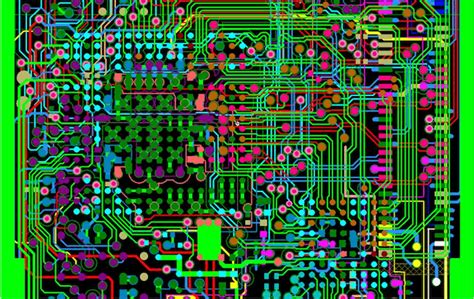
Key Benefits of Adhering to Flex PCB IPC Standards
Adhering to Flex PCB IPC standards offers numerous advantages that are crucial for manufacturers, designers, and end-users alike. These standards, established by the Institute for Printed Circuits (IPC), provide a comprehensive framework that ensures the quality, reliability, and performance of flexible printed circuit boards (PCBs). By following these guidelines, companies can achieve a higher level of consistency in their products, which is essential in today’s competitive electronics market.
One of the primary benefits of adhering to IPC standards is the enhancement of product quality.
These standards set forth rigorous criteria for materials, design, and manufacturing processes, which help in minimizing defects and ensuring that the final product meets the required specifications. Consequently, this leads to a reduction in the number of faulty products, thereby decreasing the likelihood of costly recalls and repairs. Moreover, by maintaining high-quality standards, companies can build a strong reputation for reliability, which is a significant factor in customer satisfaction and brand loyalty.
In addition to improving quality, compliance with IPC standards also facilitates better communication and collaboration among different stakeholders in the supply chain.
By providing a common language and set of expectations, these standards help bridge the gap between designers, manufacturers, and suppliers. This alignment is particularly important in the global market, where components and assemblies are often sourced from various regions. As a result, adhering to IPC standards can streamline the production process, reduce misunderstandings, and ultimately lead to more efficient operations.
Furthermore, IPC standards play a crucial role in ensuring the reliability and performance of flex PCBs in various applications.
Given the increasing complexity and miniaturization of electronic devices, it is imperative that PCBs can withstand demanding conditions without compromising functionality. IPC standards address these challenges by outlining specific requirements for thermal management, mechanical stability, and electrical performance. By adhering to these guidelines, manufacturers can produce flex PCBs that are capable of enduring harsh environments, thereby extending the lifespan of the devices in which they are used.
Another significant advantage of following IPC standards is the facilitation of regulatory compliance.
Many industries, such as automotive, aerospace, and medical, have stringent regulatory requirements that must be met to ensure safety and efficacy. IPC standards are often aligned with these regulations, providing a clear pathway for manufacturers to achieve compliance. This alignment not only simplifies the certification process but also reduces the risk of non-compliance, which can result in legal penalties and damage to a company’s reputation.
Moreover, adherence to IPC standards can lead to cost savings in the long run.
While implementing these standards may require an initial investment in training and process adjustments, the benefits of reduced defects, improved efficiency, and enhanced reliability can outweigh these costs. By minimizing waste and rework, companies can achieve greater operational efficiency and profitability.
In conclusion, the key benefits of adhering to Flex PCB IPC standards are manifold, encompassing improved product quality, enhanced communication, increased reliability, regulatory compliance, and cost savings. As the electronics industry continues to evolve, the importance of these standards will only grow, making them an indispensable tool for companies striving to maintain a competitive edge. By committing to these standards, manufacturers can ensure that their products not only meet but exceed the expectations of an increasingly demanding market.
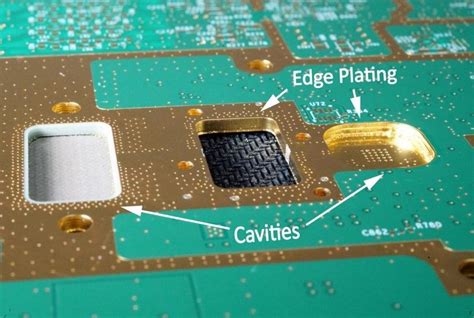
Common Challenges in Meeting Flex PCB IPC Standards
In the realm of electronics manufacturing, flex printed circuit boards (PCBs) have emerged as a pivotal component, offering versatility and adaptability in various applications. However, meeting the stringent requirements of the IPC standards for flex PCBs presents several challenges that manufacturers must navigate to ensure quality and reliability. These standards, established by the Association Connecting Electronics Industries, serve as a benchmark for the design, manufacture, and assembly of electronic equipment, ensuring consistency and performance across the industry.
One of the primary challenges in adhering to flex PCB IPC standards is the complexity of the materials involved.
Flex PCBs are constructed from a combination of flexible substrates, such as polyimide, and conductive materials like copper. The selection and handling of these materials require meticulous attention to detail, as any deviation can lead to issues such as delamination or cracking. Manufacturers must ensure that the materials used are not only compliant with IPC standards but also suitable for the specific application, taking into account factors such as thermal expansion and mechanical stress.
Moreover, the design process for flex PCBs is inherently more complex than that of rigid PCBs.
The flexibility of these circuits introduces additional variables, such as bend radius and dynamic flexing, which must be carefully considered to prevent mechanical failure. Designers must balance the need for flexibility with the structural integrity of the circuit, often necessitating advanced simulation and modeling techniques. This complexity is compounded by the need to comply with IPC standards, which dictate specific design rules and guidelines to ensure reliability and performance.
Transitioning from design to manufacturing, another significant challenge is maintaining precision and accuracy during the fabrication process.
Flex PCBs require specialized equipment and processes, such as laser cutting and precision drilling, to achieve the necessary tolerances. Any deviation from the specified dimensions can result in non-compliance with IPC standards, leading to potential failures in the field. Manufacturers must implement rigorous quality control measures, including regular inspections and testing, to ensure that each board meets the required specifications.
Furthermore, the assembly of flex PCBs presents its own set of challenges.
The inherent flexibility of these circuits can complicate the placement and soldering of components, increasing the risk of defects such as misalignment or insufficient solder joints. To address these issues, manufacturers must employ advanced assembly techniques, such as automated pick-and-place machines and reflow soldering processes, which are capable of handling the unique characteristics of flex PCBs. Additionally, thorough testing and inspection are crucial to identify and rectify any defects before the final product is delivered to the customer.
In conclusion, while flex PCBs offer significant advantages in terms of design flexibility and application versatility, meeting the IPC standards for these circuits is fraught with challenges. From material selection and design complexity to manufacturing precision and assembly intricacies, each stage of the production process requires careful consideration and adherence to established guidelines. By understanding and addressing these challenges, manufacturers can ensure that their flex PCBs not only meet the stringent requirements of the IPC standards but also deliver reliable performance in a wide range of applications.
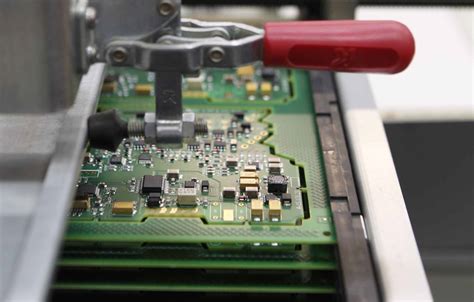
Innovations in Flex PCB Design and IPC Standard Compliance
In the rapidly evolving landscape of electronics, the demand for flexible printed circuit boards (PCBs) has surged, driven by their ability to conform to complex shapes and fit into compact spaces. This innovation has been pivotal in advancing technologies across various sectors, including consumer electronics, automotive, and medical devices. As the industry continues to push the boundaries of what is possible with flex PCBs, adherence to established standards becomes increasingly crucial. The IPC standards, developed by the Association Connecting Electronics Industries, play a vital role in ensuring quality, reliability, and consistency in PCB manufacturing and design.
Flex PCBs offer numerous advantages over their rigid counterparts, such as reduced weight, increased durability, and enhanced flexibility.
These attributes make them ideal for applications where space is limited and mechanical stress is a concern. However, the complexity of designing and manufacturing flex PCBs necessitates a comprehensive understanding of the IPC standards. These standards provide guidelines for materials, design, performance, and testing, ensuring that the final product meets the necessary quality and reliability benchmarks.
One of the key IPC standards relevant to flex PCBs is IPC-6013, which outlines the qualification and performance specifications for flexible printed boards.
This standard categorizes flex PCBs into different types based on their construction and intended use, ranging from single-sided to multilayer configurations. By adhering to IPC-6013, manufacturers can ensure that their products meet the required performance criteria, thereby enhancing their reliability in real-world applications.
Moreover, IPC-2223 is another critical standard that focuses on the design aspects of flex PCBs.
It provides guidelines for the layout, material selection, and mechanical considerations specific to flexible circuits. This standard emphasizes the importance of understanding the unique properties of flexible materials and how they interact with other components in the assembly. By following IPC-2223, designers can optimize their designs for manufacturability and performance, reducing the risk of failure in the field.
In addition to these standards, IPC-A-620 provides requirements and acceptance criteria for cable and wire harness assemblies, which are often integral to flex PCB applications.
This standard ensures that the interconnections between the flex PCB and other components are robust and reliable, further enhancing the overall performance of the device.
The integration of IPC standards into the design and manufacturing process of flex PCBs not only ensures compliance but also fosters innovation. By providing a clear framework for quality and performance, these standards enable engineers to explore new design possibilities and push the boundaries of what is achievable with flexible circuits. This, in turn, drives the development of more advanced and reliable electronic devices.
As the demand for flex PCBs continues to grow, the importance of IPC standard compliance cannot be overstated. Manufacturers and designers must remain vigilant in their adherence to these standards to maintain the integrity and reliability of their products. By doing so, they can ensure that their innovations meet the high expectations of today’s technology-driven world. In conclusion, the synergy between flex PCB design and IPC standard compliance is essential for advancing the capabilities of modern electronics, paving the way for a future where technology seamlessly integrates into every aspect of our lives.

